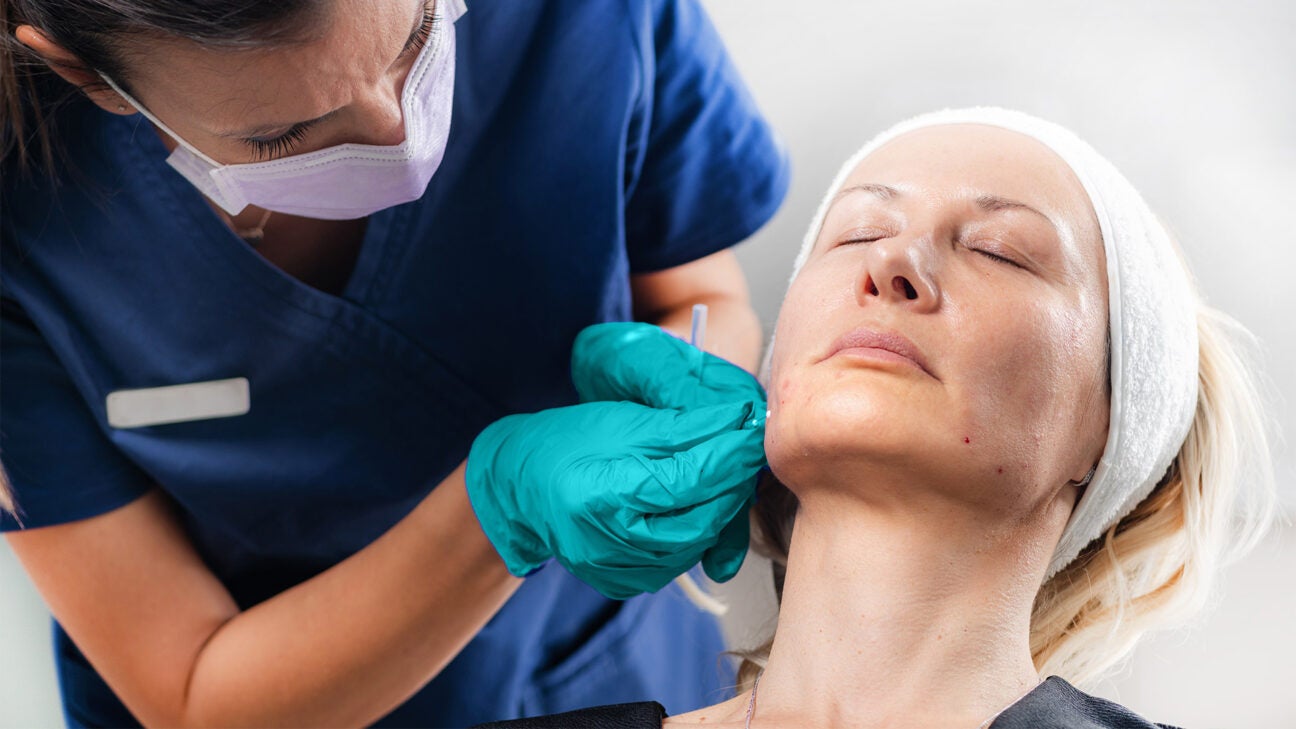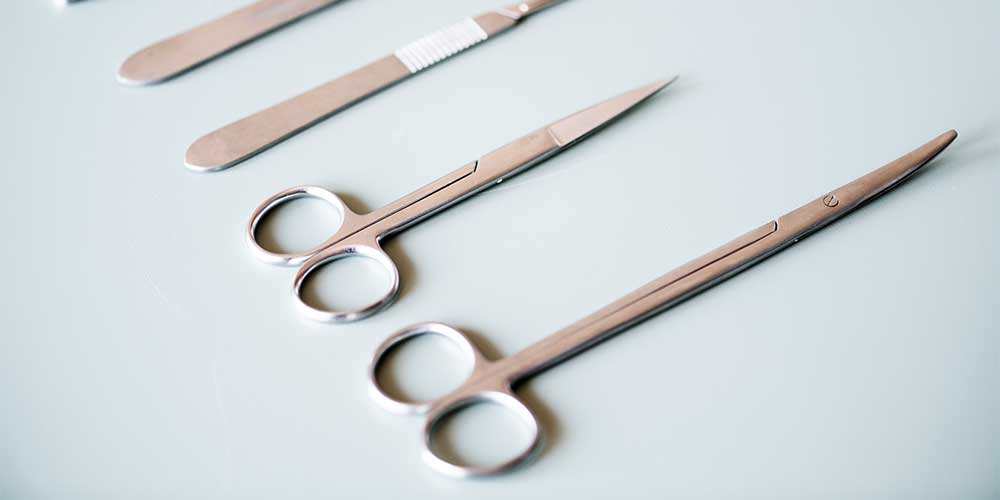

They're also obviously, much cheaper.Types of Obsidian: The specimens shown above are from Glass Butte rockhounding site in central Oregon. They will hold their edge much longer, and for almost every purpose, they're more than adequate. The benefit of natural obsidian blades is that they are much more durable than even the new synthetic diamond blades. So, 15 thousand years ago, they were still only 7x thicker than a modern blade. The men and women who were the camp's pros at flaking were incredible at what they did. However, the obsidian that our ancient ancestors were using on spear and arrow points and cutting implements (etc.) were better than 200 angstroms, and all they did was flake it off with a bone or antler club. These modern blades have been processed to be more sturdy than before, without as much brittleness problems than earlier blades. This gives a blade edge of about 30 angstroms. This is achieved through plasma-polishing. Modern, and very recently-developed synthetic diamond scalpel blades have a "sharpness" of 3 nanometers or better. Surgeons use Stone Age technology for delicate surgery Green says that he knows of no other surgeons in the area who use the same blades, but that there are now a few dozen nationally who use the Stone Age technology for surgery in cosmetically sensitive areas. "It is very sharp and very smooth at the microscopic level." Green says he first learned of the knives in a brief article carried by Scientific American a few years ago and has wanted a set ever since. "I like the obsidian knife because it traumatizes the tissue less," he says.

He keeps his blades in a cold sterilizing solution to preserve their sharpness. Each knife can be used from 10 to 20 times before being discarded, Green says. Obsidian has been used as a cutting tool since the Stone Age, but modern versions of obsidian scalpels are manufactured by a Virginia archaeologist using a pressure flaking process. The black volcanic glass is up to 100 times sharper and much smoother than stainless steel scalpels. Green, associate professor of family practice at the Medical Center, uses obsidian knives for removing moles and repairing torn earlobes.


Attempting to cut or scrape bone could result in breakage, which could leave obsidian flakes inside the patient.Īncient Technology in Contemporary Surgery (US National Library of Medicine) Surgeons must be very careful to cut only soft tissues with the obsidian scalpel. While they probably never practiced the art of surgery, our Paleolithic ancestors did use tools that have been extolled as more precise than the most modern metal scalpel.Īlthough very sharp the obsidian blade is very thin and cannot withstand lateral force on the blade. One study found that obsidian incisions produced narrower scars, fewer inflammatory cells, and less granulation tissue in a group of rats. A sharper cut will allow a wound to heal more rapidly with less scarring. On the cellular level an obsidian knife can cut between cells rather than tear the cells as a steel knife will do. Good quality obsidian fractures down to single molecules which can produce a cutting edge 500 times sharper than the sharpest steel scalpel blade ("American Medical News", Nov. Even the sharpest metal knife has a jagged, irregular blade when viewed under a strong enough microscope when examined even under an electron microscope an obsidian blade is still smooth and even. Obsidian is used by some surgeons for scalpel blades, as well-crafted obsidian blades have a cutting edge many times sharper than high-quality steel surgical scalpels, the cutting edge of the blade being only about 3 nanometers thick. It's hard to believe but the sharpest knives that have ever been used in recent years were mounted with stone flakes made of obsidian


 0 kommentar(er)
0 kommentar(er)
